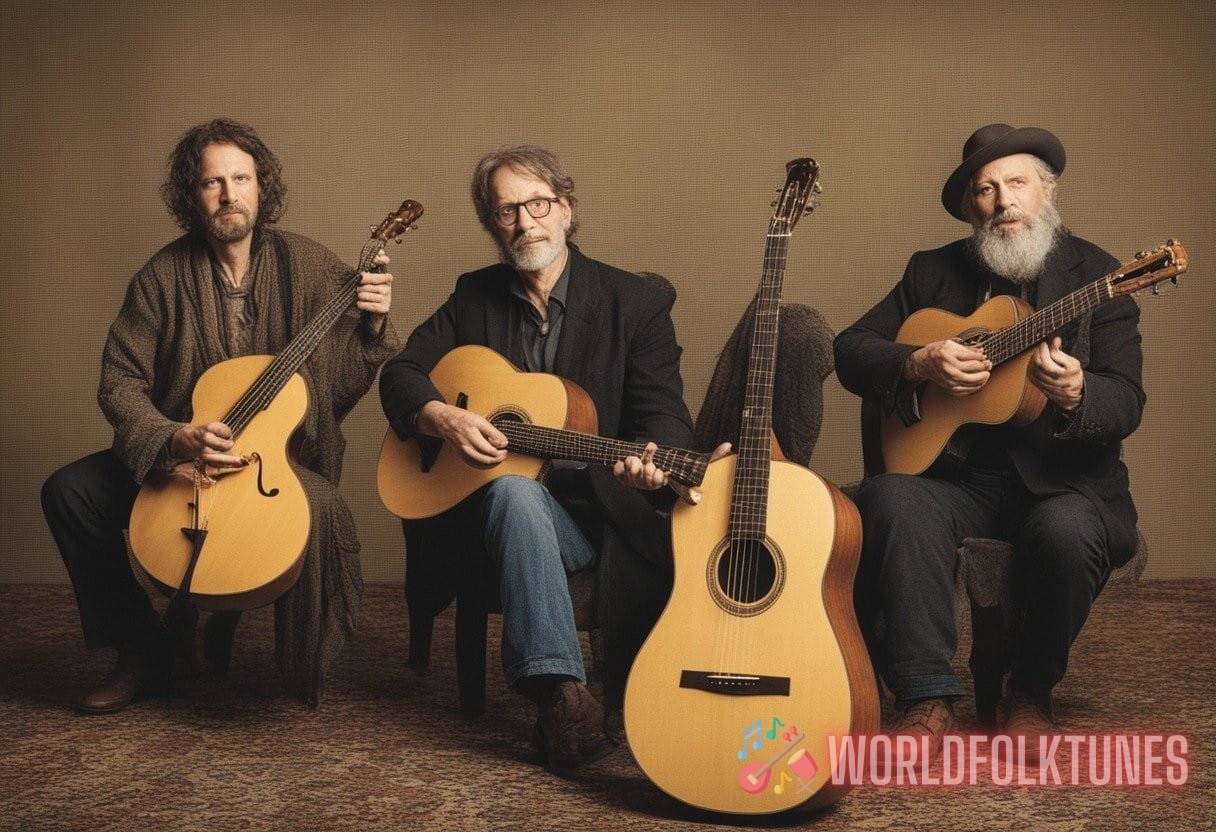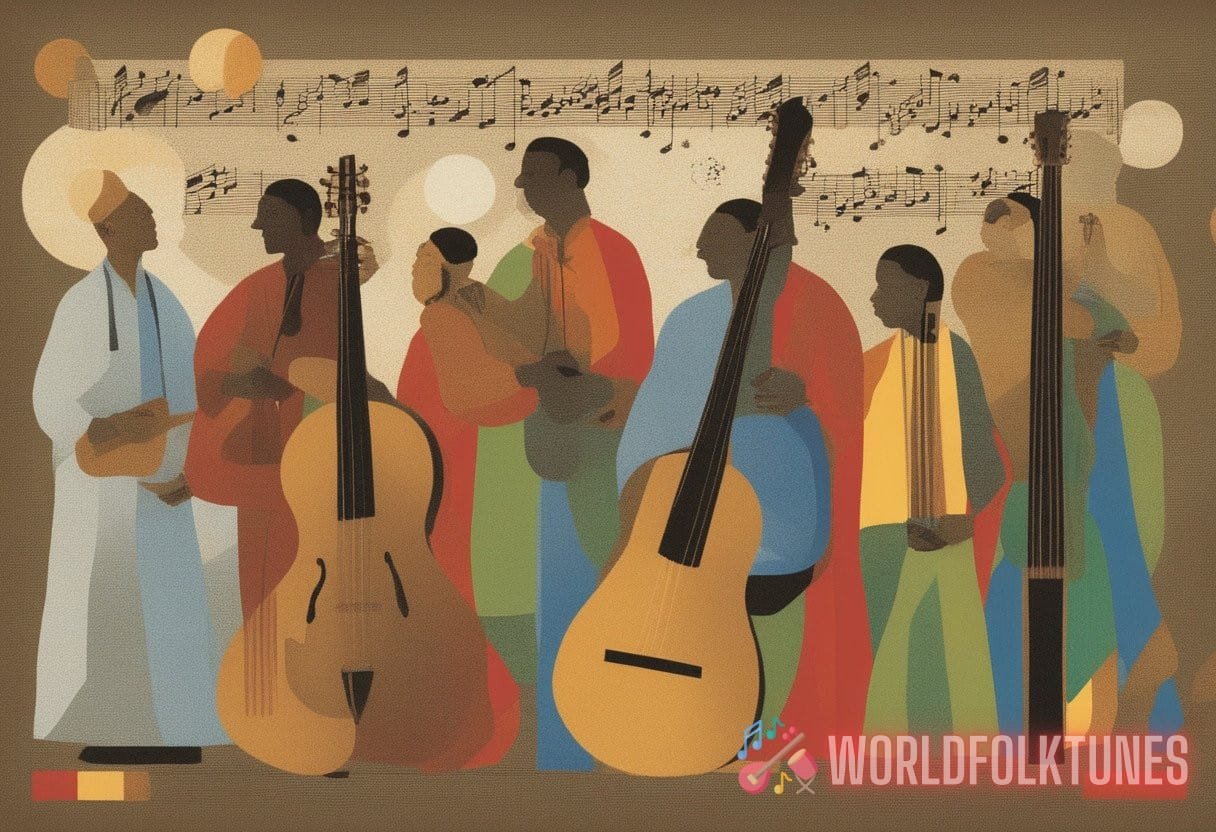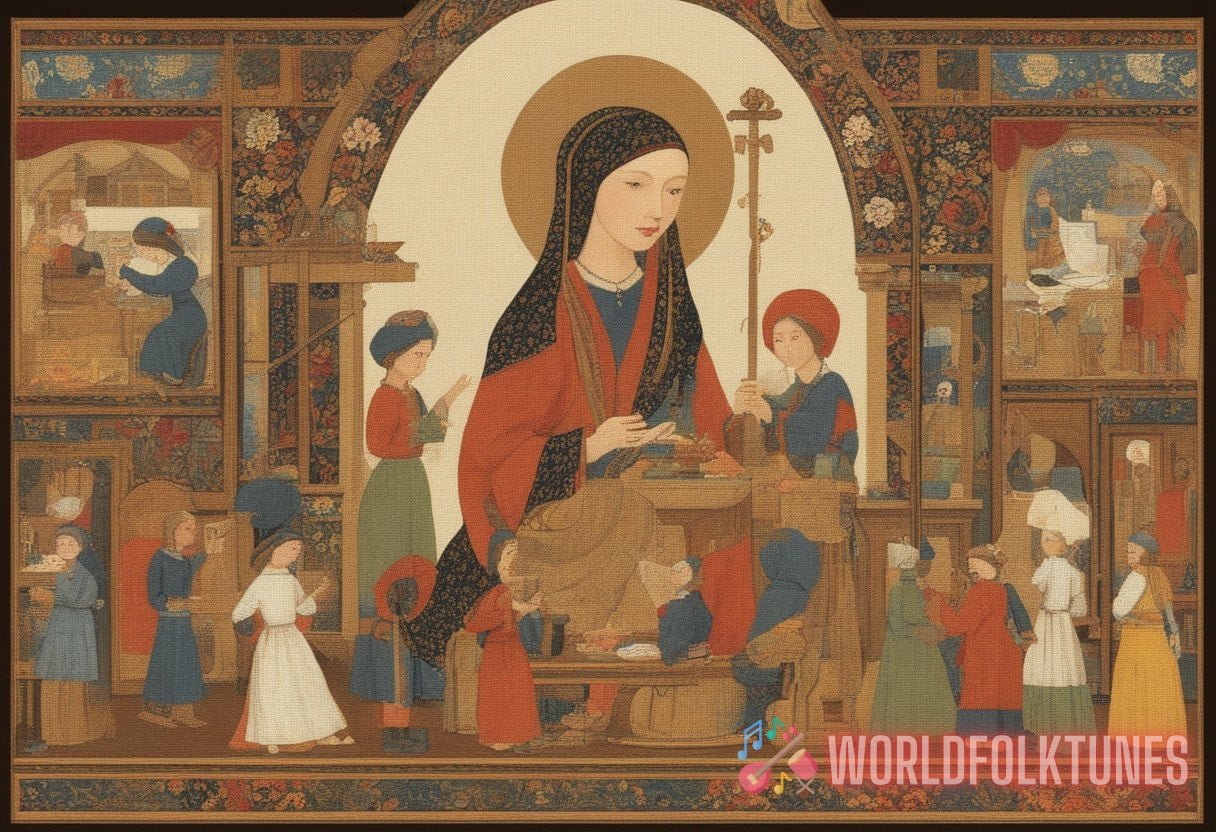Introduction
Folk music has a storied history spanning centuries, originating as an oral tradition passed down through generations. Yet, as times change, so does the music. Contemporary interpreters are redefining folk music, blending traditional elements with modern innovations. This comprehensive guide explores these transformations, identifying key innovators, their techniques, and the impact on the genre.
The Evolution of Folk Music
The evolution of folk music is a testament to its adaptability. Traditional folk music was heavily rooted in the daily lives of people, their stories, and experiences. However, modern innovations have expanded its scope, incorporating a diverse array of influences.
Historical Context
Understanding contemporary folk music requires a brief reflection on its origins. Historically, folk music served communal functions, from work songs to social dances. Its development was influenced by the geographical, social, and cultural contexts of various regions.
Technological Advancements
In recent decades, advancements in technology have revolutionized the production and dissemination of folk music. The advent of recording technology, digital platforms, and social media has allowed artists to reach wider audiences. This has led to a resurgence in the popularity of folk music, intertwining traditional sounds with modern elements.
Key Contemporary Interpreters
Numerous artists have emerged as contemporary interpreters of tradition, each contributing uniquely to the modernization of folk music. Several stand out for their innovative approaches and profound impact on the genre.
Artists Innovating Folk Music
- Sufjan Stevens: Known for his ethereal soundscapes, Stevens blends folk with indie and electronica, crafting deeply personal and expansive works.
- Iron & Wine: Sam Beam, who performs under this moniker, brings modern sensibilities to folk, infusing it with contemporary acoustic sounds and lyrical poetry.
- Fleet Foxes: This band combines traditional folk harmonies with elements of rock and baroque pop, creating rich, textured music.
Modern Innovations in Folk Music
Modern innovations in folk music are multifaceted, blending various genres and introducing new instrumentation and production techniques. These innovations ensure the genre remains vibrant and relevant.
Fusion and Genre Blending
Contemporary folk artists frequently merge folk with other genres such as rock, jazz, and electronic music. This fusion creates novel sounds that appeal to diverse audiences.

Traditional Instruments in New Contexts
Traditional folk instruments, like the banjo and fiddle, are being used in innovative ways. Artists incorporate these instruments into non-traditional arrangements, giving them a fresh context.
Technological Integration
Modern production techniques, including digital editing and electronic effects, have become integral to contemporary folk music. These technologies enable artists to explore and push the boundaries of the genre.
Impact on the Folk Music Scene
The impact of modern innovations on the folk music scene is profound, influencing both emerging and established artists.
Increase in Popularity
Modernized folk music has seen a resurgence in popularity. Influential platforms like Spotify and Bandcamp have showcased many contemporary folk artists to global audiences.
Diversity in Sound and Style
The genre’s embrace of innovation has led to an increased diversity in sound and style. Today’s folk music is a tapestry of influences, reflecting the global nature of contemporary culture.
Supportive Communities and Platforms
Communities and platforms dedicated to folk music, such as Folk Revolution, play a critical role in supporting and promoting artists. These communities foster innovation while honoring tradition.
Case Studies of Modern Innovators
Examining the work of specific artists provides deeper insights into how tradition and innovation intersect in contemporary folk music.
The Revival of Traditional Songs
Many contemporary artists have undertaken projects to revive traditional songs. They reinterpret these works, giving them new life and relevance.
For instance, Anaïs Mitchell’s acclaimed project “Hadestown” takes inspiration from folk traditions, transforming them into a modern musical production.

Blending Modern Themes with Traditional Sounds
Some contemporary folk artists address modern themes through traditional sounds. This approach bridges the gap between past and present, resonating with contemporary audiences.
Brandi Carlile, for example, infuses her music with social and political commentary, while utilizing a folk-influenced sound.
Exploring New Production Techniques
The exploration of new production techniques marks a significant trend in contemporary folk music. Modern tools and technologies offer artists innovative ways to craft their sound.
Artists like Bon Iver have pushed the boundaries of folk music production, employing techniques such as auto-tune and intricate layering.
The Future of Folk Music
The future of folk music looks promising, with ongoing innovations ensuring its continued relevance and vibrancy.
Embracing Global Influences
Future folk music will likely further embrace global influences, reflecting the increasingly interconnected nature of the world. This trend will continue to diversify the genre’s sound and appeal.
Hybrid Genres
Hybrid genres, which fuse folk with other styles, will likely gain prominence. These genres will cater to a wide range of musical tastes and push the genre’s creative boundaries.
Technological Integration
The integration of cutting-edge technology into music production will continue to shape the sound of modern folk music. Artists will leverage advanced tools to explore new sonic landscapes.
Conclusion
The intersection of tradition and innovation in contemporary folk music is a dynamic and thrilling journey. Artists are continually redefining the genre, blending traditional elements with modern influences to create something entirely new yet familiar. As the genre evolves, it remains rooted in its rich history, preserving the essence of folk while embracing the future.
As we celebrate the contemporary interpreters of tradition, it’s crucial to support and explore the works of these artists. For further insights on emerging trends and key artists redefining modern folk music, consider exploring articles such as Unveiling the Folk Guardians: Exploring the Rise of Emerging Artists in Tradition.
Through this ongoing evolution, folk music continues to captivate and connect people, honoring its past while boldly stepping into the future.



